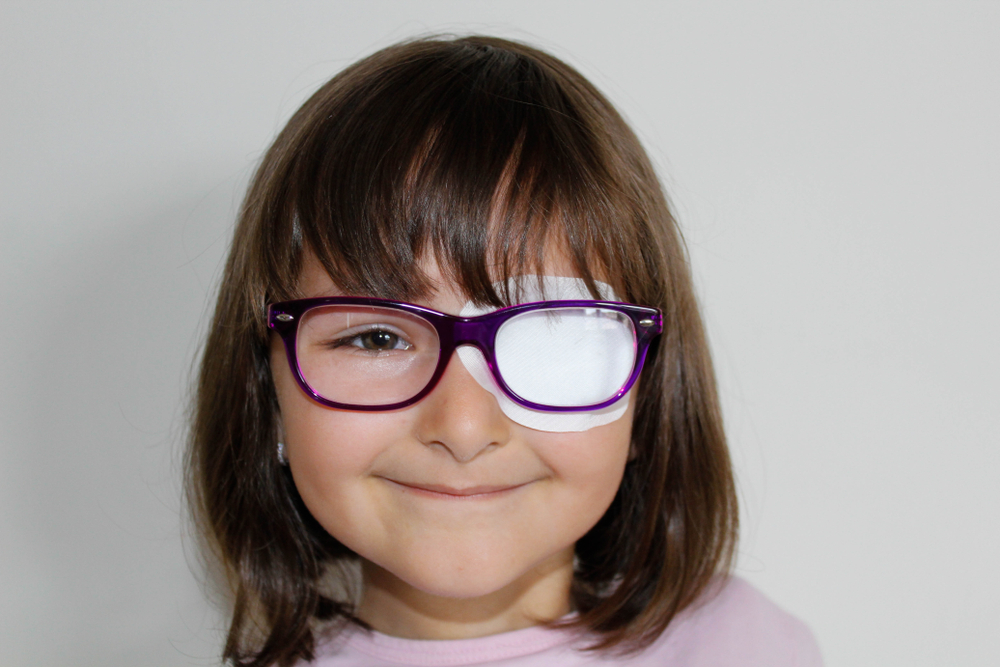Amblyopia is oftentimes referred to as “Lazy Eye”. To understand what causes lazy eye, you have to first understand how the brain and eyes work together to produce vision. The eye focuses light on the retina. The retina is a layer at the back of the eyeball containing cells that are sensitive to light and that trigger nerve impulses that pass via the optic nerve to the brain, forming a visual image. When one of the eyes fails to work properly with the brain, vision is reduced in that eye. The eye may have the appearance of being normal, but because this eye isn’t working with the brain, the brain will favor the other eye creating what is sometimes called lazy eye.
Amblyopia is the most common cause of monocular (one eye) visual impairment among young and middle-aged adults. Among children, Amblyopia is the most common cause of visual impairment and affects approximately 2 to 3 out of every 100 children. Amblyopia usually persists into adulthood if not successfully treated early on.
Amblyopia may be caused by any condition that prevents the eye from focusing clearly. It can be caused by strabismus, the misalignment of the two eyes where the eyes can turn out (exotropia) or cross in (esotropia). However, amblyopia is not to be confused with strabismus. A person can have amblyopia without having strabismus and vice versa. Lazy eye can also be caused by cataract.
Other causes of amblyopia may include:
- The inability of one eye to focus as well as the other one
- When one eye has more astigmatism, is more nearsighted, or more farsighted
Amblyopia treatment in Children
Forcing the child to use the eye with weaker vision is a common way to treat amblyopia. This may be accomplished by using a patch over the stronger eye for weeks to months. Some studies suggest longer intervals of patching while others suggest shorter intervals. Your eye doctor will help you decide which method to use with your child. Older children may even benefit from treating amblyopia and newer studies show that age alone should not be a factor used to avoid treating a child for amblyopia.
Atropine eye drops is a drug used to treat amblyopia. A drop is placed in the stronger eye which blurs the vision causing the child to use the eye with amblyopia. This method has been shown to work as well as patching when used once a day.
Can amblyopia be treated in adults?
In the past, it was thought that amblyopia could not be successfully treated in adults. Recent studies indicate that adults may benefit from lazy eye treatment regardless of a person’s age because the visual system which includes the brain, eyes and visual pathways can be retrained due to the brain’s plasticity.
This is certainly good news for adults suffering from lazy eye.







